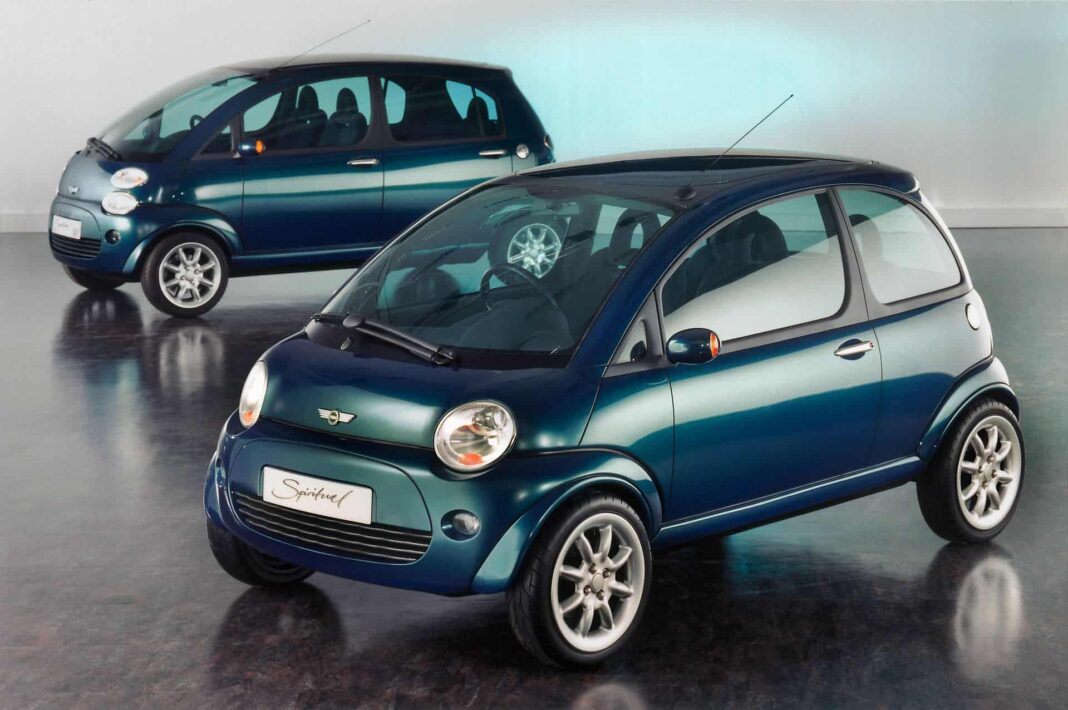In the late 1990s, the MINI brand stood on uncertain ground. The original Mini had become a cultural icon, but its days were numbered. Under BMW ownership, Rover was tasked with exploring how the Mini could evolve without losing the core of what made it special. Most people today know how that story ended—with the 2001 rebirth of MINI as a stylish, retro-inspired premium hatchback. But there was another proposal on the table. One that didn’t lean on nostalgia or design callbacks. One that very nearly defined the future of the brand. That car was the MINI Spiritual Concept.
The 1997 MINI Spiritual Concept: A Radical Alternative to Retro
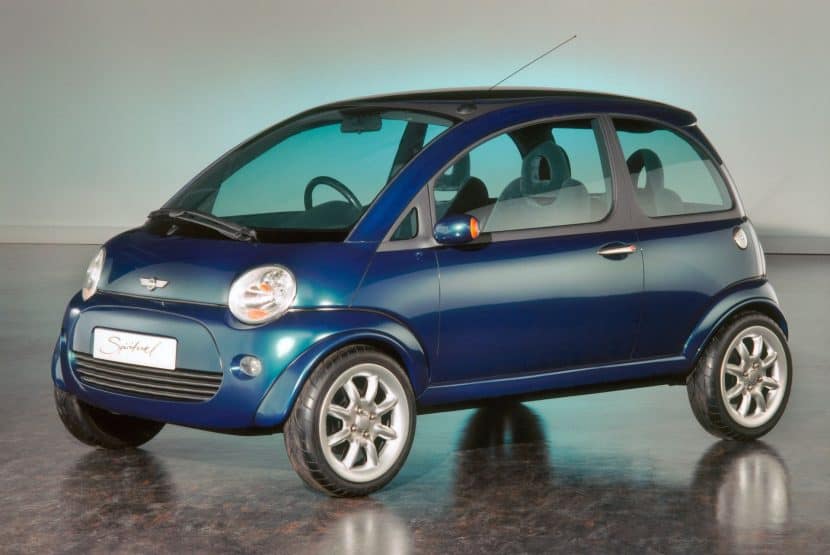
Unveiled at the 1997 Geneva Motor Show, the MINI Spiritual was a minimalist, forward-thinking study in how to do small cars differently. It looked nothing like the Mini everyone knew. There were no cheeky retro touches, no chrome grilles, no Union Jack flair. It was a clean-sheet design that prioritized space, efficiency, and clever engineering. Designed by Oliver Le Grice and his team at Rover, the Spiritual was as radical as it was understated.
The Five-Door Spiritual Too and Its Surprising Ambition
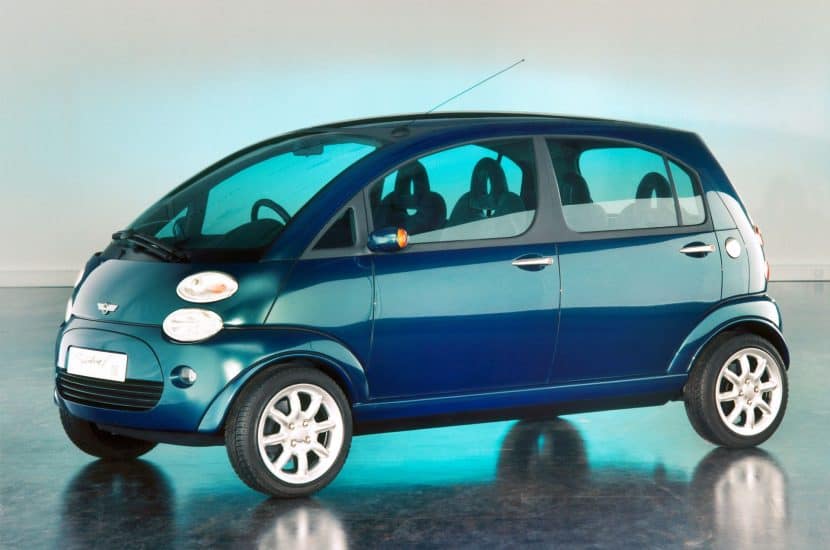

The core idea was simple: make the most of every millimeter. To do that, engineers placed a small three-cylinder K-Series engine under the rear seat, eliminating the need for a traditional engine bay and freeing up more room for passengers. The result was a three-door car about the same length as the original Mini—roughly three meters—but with dramatically improved interior space. A stretched five-door version, called the Spiritual Too, pushed the idea even further. That variant was still under 3.5 meters long, yet offered cabin volume reportedly comparable to a full-size luxury sedan like the BMW 7 Series. It achieved this thanks to its monobox shape, extremely short overhangs, and a high roofline that maximized headroom and visibility.
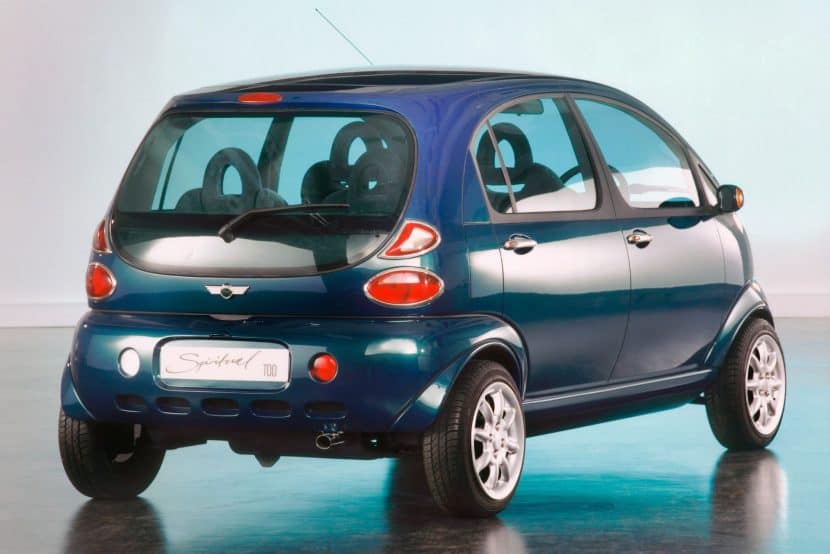

Instead of chasing retro charm, the design language of the Spiritual was deliberately modern. It had smooth, flowing surfaces, almost no ornamentation, and a futuristic stance that looked more like a micro-MPV than a hatchback. There were subtle nods to the original Mini, like the rounded headlamps and minimalist detailing, but nothing about it felt like a tribute act. This was an attempt to preserve the Mini’s core purpose—space efficiency, simplicity, and clever packaging—without getting caught up in its image.
The engineering was just as unconventional. The Spiritual Too used Hydragas suspension, a fluid-linked system developed by Alex Moulton, which connected the front and rear dampers diagonally to improve ride comfort. It was a quirky choice, but one rooted in a deep understanding of how to make small cars ride like big ones.
Why BMW Didn’t Build the MINI Spiritual
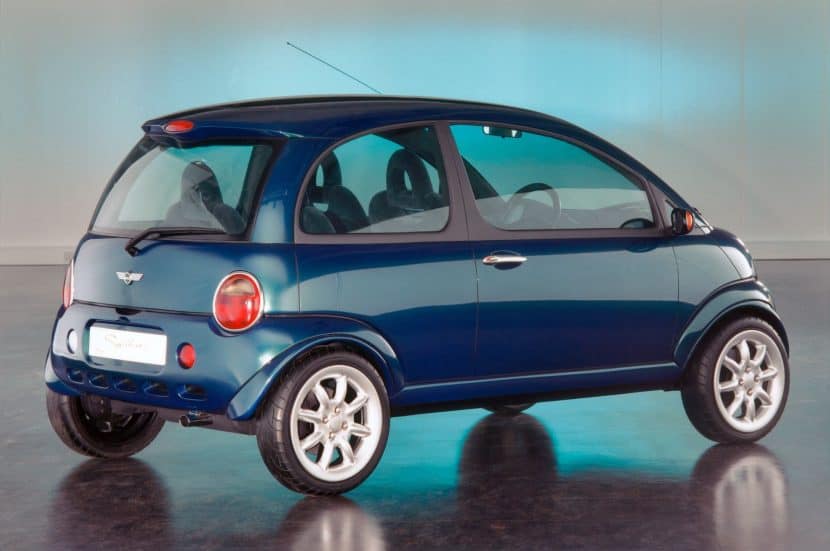

Despite its innovation, the MINI Spiritual never made it beyond the concept stage. BMW ultimately chose to pursue a design with broader emotional appeal, rooted in heritage and global brand identity. That direction led to the Frank Stephenson-designed R50 MINI, which launched in 2001 and became an instant hit. The decision wasn’t just about styling—it was about marketing, platform sharing, and international sales potential. But even though the Spiritual was shelved, its ideas didn’t go to waste.
In the years that followed, several of the Spiritual’s lessons quietly filtered into other projects. The emphasis on maximizing interior space within a small footprint became a defining feature of every new MINI, from the first R50 to later variants like the Clubman and Countryman. The concept’s approach to non-traditional layout and packaging encouraged BMW engineers to think more freely, especially as the industry began experimenting with electrification and alternative drivetrains. And while the rear-engine layout never saw production, its influence lingered in the way MINI kept challenging the conventions of small car engineering.
How the MINI Spiritual Influenced Future Models
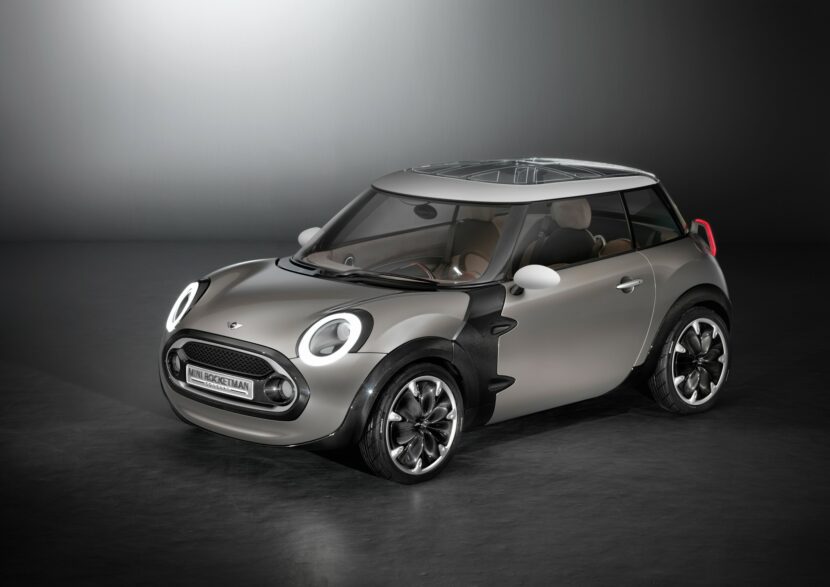

More broadly, the Spiritual helped establish an internal culture at MINI that wasn’t afraid to explore the weird and unconventional. Later concepts like the 2011 Rocketman or the more recent Urbanaut echoed its values—compact exterior dimensions, roomy interiors, and designs that didn’t always stick to tradition. Even though those cars also remained studies, they reflect a design language that began with the quiet ambition of the Spiritual.
Revisiting a Forgotten Chapter in MINI’s History
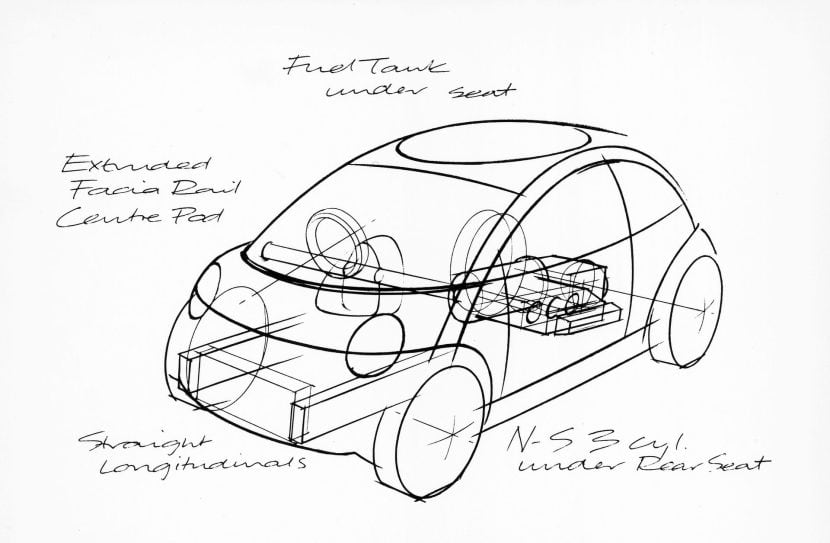

Looking back, the MINI Spiritual is a fascinating “what if” moment in automotive history. It asked serious questions about what a city car could be, and proposed a future built on innovation rather than image. In the end, the market wanted retro charm and lifestyle appeal—and the production MINI delivered exactly that. But the Spiritual wasn’t a failure. It was a bold, sincere attempt to evolve the Mini on its own terms. And while it didn’t win the internal design battle, it influenced the thinking that shaped the cars that did.
It’s easy to forget concepts like this, especially when they don’t result in production vehicles. But the MINI Spiritual deserves to be remembered—not because it became a car, but because it helped define what kind of brand MINI could be. [Photos provided by MINI AG and BMW Group Archives for editorial purposes]
